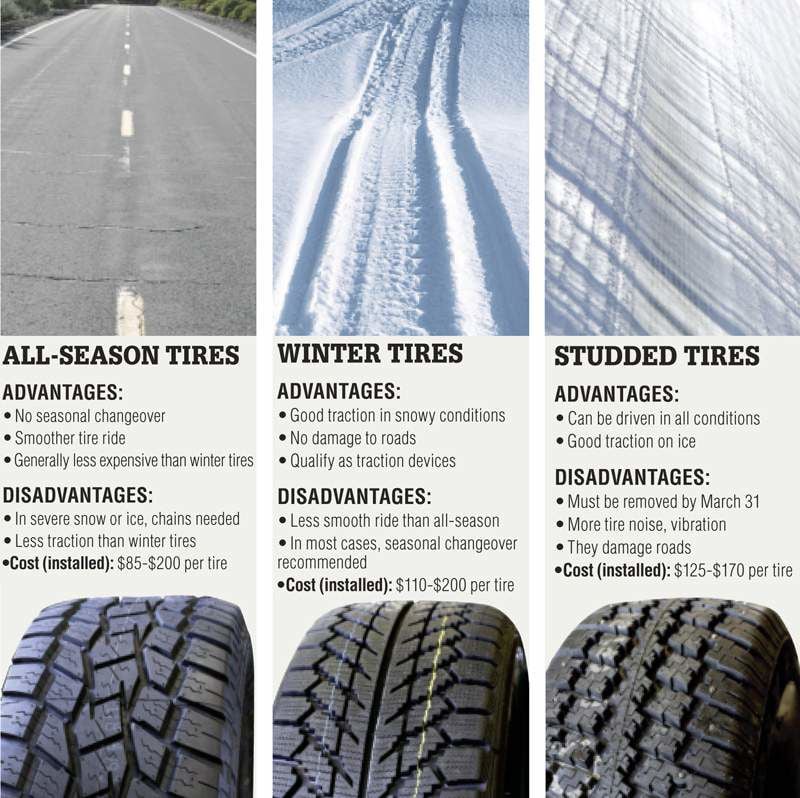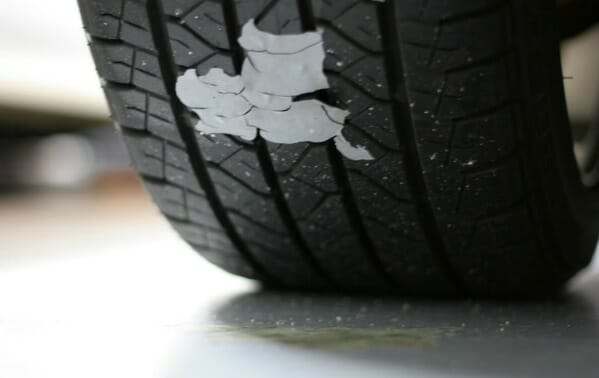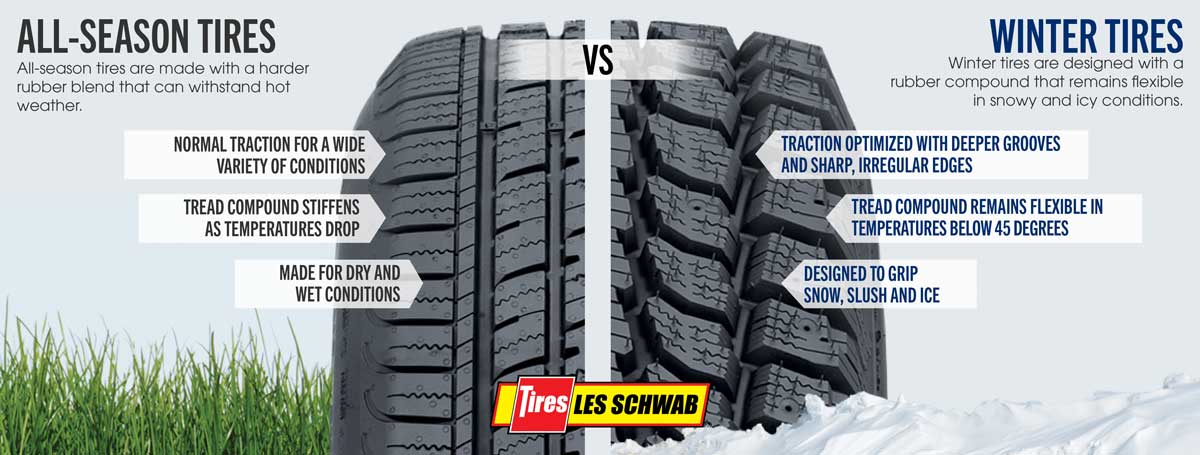Scientists have figured out that for every 10 degrees fahrenheit that the temperature rises the tire pressure will increase by one pound per square inch psi.
What temperature does tire rubber melt.
Tire rubber and rubber in general has vulcanized properties that keep it from melting.
After melting a tire it can be molded into parts for your kitchen sink exhaust hanger or shoes.
Pure rubber once vulcanised can not be melted or the tires on your car would melt under heavy braking.
However they melt in a furnace that does not admit oxygen.
However you need to know the basic principles of melting a tire before actually attempting the task.
How to melt rubber tires.
There is not a single melting point for these substances so using the term softening applies more closely to the super heating of rubber tires.
The rubber used in creating tires is a mixture of many compounds including carbon latex rosin and chalk hardened by the addition of sulfur and other compounds.
220 268 432 488 polyethylene ld.
107 124 349 polyethylene hd.
Rubber begins to melt at approximately 180 degrees celsius.
There will be an outlet pipe connected to the outlet chamber at the same level where the liquid oil surfaces.
The melted rubber from the tyres will float on the liquid oil.
Melting a tire is an essential process in recycling rubber since recycling cannot occur without it.
At low temperatures around 5 c to 6 c there is a risk that rubber hardens because of crystallization.
The only way you can accuire melted rubber is to have it ordered form somewhere that sells it.
A common method is to chop the tires into half inch pieces and mix the pieces with liquid nitrogen at a temperature of minus 148 degrees fahrenheit minus 100 degrees celsius.
Melting points and ignition temperatures.
The optimum temperature for rubber is 20 c.
The air pressure in tires increases as the temperature goes up.
Tires are made from vulcanized rubber and won t melt under normal conditions.










